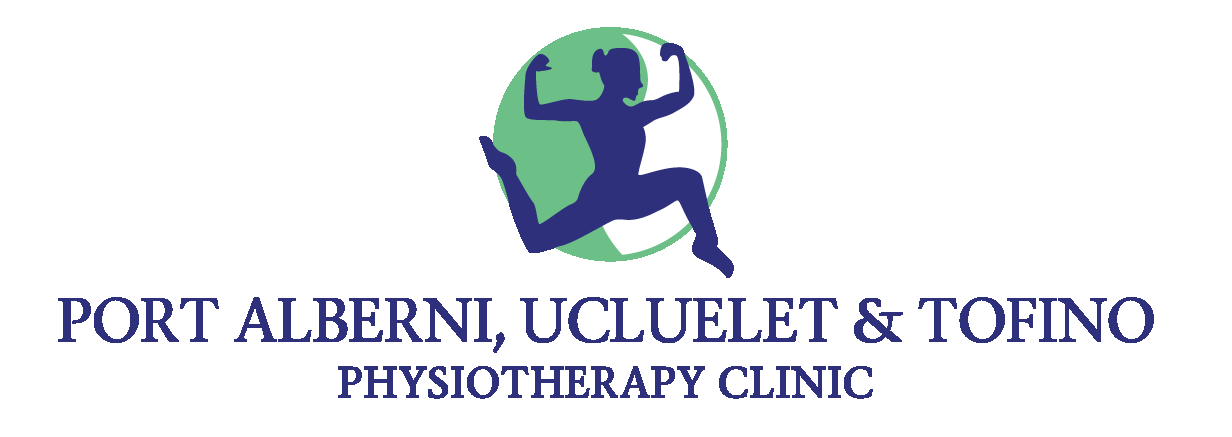Recovering from an injury is rarely a straight path. The first steps often involve rest, hands-on treatment, and targeted physiotherapy to reduce pain, restore mobility, and rebuild foundational strength. But what happens after you’ve completed your rehabilitation sessions? For many athletes and active individuals, the transition back to sport or higher-level activity requires more than just being pain-free—it requires rebuilding resilience, power, and confidence.
That’s where strength and conditioning sessions come in. This stage of recovery bridges the gap between rehabilitation and performance, ensuring you don’t just get back to activity, but return stronger, more confident, and less likely to re-injure.
1. Where Strength and Conditioning Fits in the Recovery Timeline
Physiotherapy is often the first stop after injury, focusing on pain management, restoring mobility, and re-establishing baseline strength. Once those building blocks are in place, many people wonder what’s next. Jumping directly back into sport or high-intensity training without additional preparation often leaves athletes at risk of setbacks.
Strength and conditioning fits into the late stages of rehabilitation—when you’re largely pain-free, moving well, and ready for more. It focuses on:
Bridging the gap between rehab and sport-specific demands.
Progressively loading tissues to build resilience in the injured area.
Developing higher-level movement skills like agility, coordination, and power.
Think of it as the “performance phase” of rehab: you’re no longer just recovering; you’re preparing to excel again.
2. Why a Tailored 60-Minute Session Matters
Generic training plans can only take you so far, especially after an injury. A 60-minute individualized strength and conditioning session gives you the opportunity to focus on:
Your specific injury history. Whether you’re coming back from an ACL tear, shoulder instability, or chronic ankle sprains, the program can target the movements and muscle groups most critical for your recovery.
Technique correction. Small adjustments in how you squat, jump, or land can dramatically reduce stress on vulnerable joints and tissues. Guided feedback during your session ensures you move efficiently and safely.
Pushing harder, safely. Many people are hesitant to load an injured area again, which can stall progress. A structured session provides reassurance and guidance so you can progressively challenge yourself with the right balance of intensity and recovery.
This individualized approach allows you to recover faster, train harder, and return to your sport or activity with greater confidence.
3. How Strength and Conditioning Complements Physiotherapy
Physiotherapy and strength and conditioning are different but complementary. Physiotherapy is clinical in nature. It focuses on diagnosis, reducing pain, restoring mobility, and addressing impairments. The aim is to get you back to a functional baseline.
Strength and conditioning is performance-driven. It builds strength, speed, power, and endurance while correcting movement inefficiencies. The aim is to help you return to your sport or activity at your best.
Together, they form a complete recovery journey. Physiotherapy gets you back to moving well; strength and conditioning makes sure you can move well under pressure, at speed, and in sport-specific contexts.
4. Confidence: The Missing Piece in Many Recoveries
One of the biggest barriers athletes face after an injury isn’t physical—it’s psychological. Fear of re-injury can hold people back from moving naturally, cutting, sprinting, or lifting the way they did before. This hesitation often leads to compensations that can increase the risk of new injuries.
Strength and conditioning helps rebuild this confidence by exposing you to controlled, progressive challenges. You relearn how to move powerfully and safely, gaining trust in your body again. By the time you step back onto the field, court, or gym floor, you know you’re ready.
5. Injury Prevention: Preparing for the Future
Participating in structured strength and conditioning after injury isn’t just about getting back to your previous level—it’s also about staying there. Targeted training improves:
Joint stability through strengthening supporting muscles.
Balance and coordination, reducing the likelihood of falls or awkward movements.
Movement efficiency, ensuring your body absorbs and transfers force effectively.
These improvements not only reduce the risk of reinjury but also enhance overall performance.
6. Who Benefits From Post-Injury Strength and Conditioning?
This approach isn’t just for elite athletes. Anyone who wants to return to activity after an injury can benefit. Common examples include:
Athletes preparing for their return-to-play protocols.
Active adults wanting to get back to running, skiing, or weightlifting.
Older adults looking to rebuild strength and reduce their risk of future injury.
Youth athletes who need guidance in safe technique and long-term development.
If your goal is to move better, get stronger, and prevent reinjury, strength and conditioning can help.
Takeaway: Don’t Stop at “Pain-Free”
Being pain-free is a milestone, not the finish line. The real measure of recovery is whether you can return to the activities you love at full capacity—and stay there. Strength and conditioning is the missing link for many people, turning a good recovery into a great one.
With individualized programming, expert guidance, and a focus on both performance and prevention, you can shorten your recovery timeline and build resilience for the future.
Ready to take the next step? Book a strength and conditioning session with Athletic Therapist Abbey Peters by calling 250-723-5112, and set yourself up for a stronger, safer return to the activities you love.










